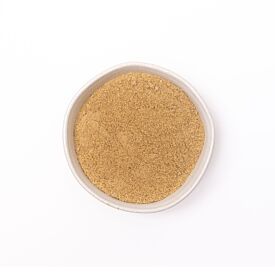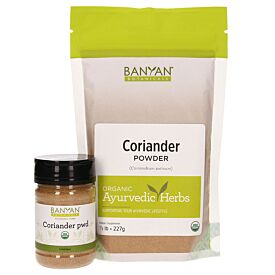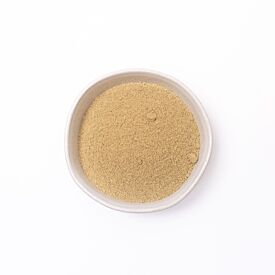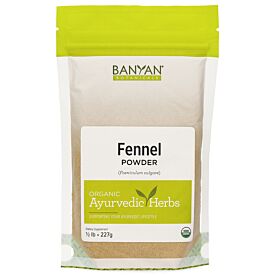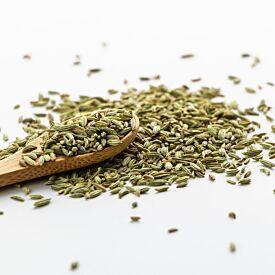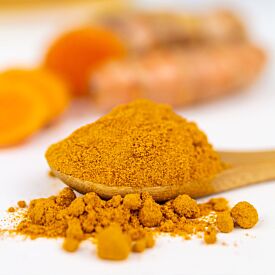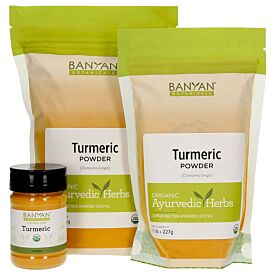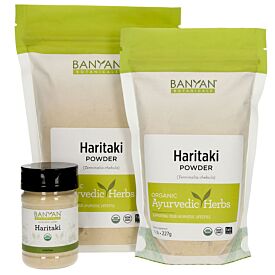Astringent Taste

The astringent taste is a flavor of dryness that is generally produced by tannins in the bark, leaves, and outer rinds of fruits and trees.1 It causes the mucus membranes in the mouth to contract and results in an immediate dry, chalky, and sometimes puckering sensation in the mouth. The astringent taste is frequently complemented by the sweet or sour tastes.
The Astringent Taste—at a Glance
| Balances: | Pitta and kapha |
| Aggravates: | Vata |
| Primary Elements: | Air and earth |
| Virya (temperature): | Cooling (though the mildest of the cooling tastes) |
| Vipaka (post-digestive effect): | Pungent |
| Gunas (associated qualities): | Dry, cold, heavy |
| Associated Positive Emotions: | Stable, unified, collected, grounded |
| Emotions of Excess: | Fear, anxiousness, nervousness, sadness, fixation, rigidity, resentment, harshness |
| Location on the Tongue: | Central region at the back of the tongue |
| Affinity for Organs: | Colon |
| Most Affected Tissues: | Plasma, blood, muscle, and reproductive tissues |
| Direction of Movement: | Draws inward |
| Additional Actions: | Tones tissues, reduces sweating, cools excess heat, astringent, vasoconstrictor |

Examples—Substances that Illustrate the Astringent Taste
| Fruits | Apples, bananas (green), cranberries, pomegranate |
| Vegetables | Alfalfa sprouts, avocado, broccoli, brussels sprouts, cabbage, carrots (raw), cauliflower, green beans, lettuce, peas, potatoes, most raw vegetables |
| Grains | Pasta (wheat), rye |
| Legumes | Most beans are astringent |
| Nuts & Seeds | Popcorn |
| Meat | Chicken (light meat), venison |
| Spices & Flavorings | Basil, bay leaf, caraway, coriander, dill, fennel, marjoram, nutmeg, oregano, parsley, poppy seeds, rosemary, saffron, turmeric, vanilla |
Benefits
The astringent taste absorbs excess moisture, cleanses the mucus membranes, clears ama, scrapes fat, improves absorption, and helps bind the stool.3 Its tendency to draw inward helps compress and hold the tissues together, which promotes bodily cohesiveness and lends strong, healthy tone to the organs, muscles, and skin.4 This same quality makes the astringent taste a very effective tool in promoting the healthy formation and elimination of bodily waste, such as sweat, feces, and urine.5
In Excess
If overused, the astringent taste can lead to an excess of vata dosha, creating a sensation of dryness in the mouth, imbalanced digestion, and difficult elimination. It can also smother the digestive fire, causing loss of appetite, extreme thirst, digestive discomfort, and weight loss.
Too much of the astringent taste can also cause muscle and joint discomfort, stagnation in the blood and lymph, sluggish circulation, difficulty sleeping, emotional heaviness, and feelings of anxiousness.6 Further, it can reduce libido and hinder the healthy function of the reproductive system.7
Contraindications
The astringent taste is best avoided if there is elevated vata in the system, difficulty with elimination, excess dryness, or blockages of any kind in the body.
Exceptions
Haritaki, though very astringent, is heating and has a sweet post-digestive effect. It supports healthy bowel movement and is an important tonic for vata.

